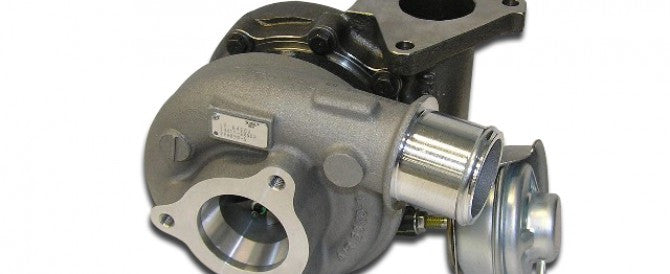
This bulletin is in relation to the following Garrett / Nissan part numbers
GARRETT PART NO:
724639-5006 / 724639-0006 / 724639-5006S
14411-VC100 / 14411-VC200 / 14411-2X900 / 14411-2X90A / 14411-VB100

REOCCURING TURBOCHARGER FAILURES FOR NISSAN PATROL ZD30DDTI
BEFORE REPLACEMENT OF THIS TURBOCHARGER THE FOLLOWING INFORMATION SHOULD BE TAKEN INTO CONSIDERATION
There have been instances of recurring turbocharger failures for this vehicle however the failures are generally the result of external influences. In some circumstances the turbocharger can overspeed and cause excessive boost (or a boost spike); the vehicle may temporarily go into limp home mode as a result. The overspeed of the turbocharger can be caused by (but is not limited to) a low signal voltage from the air flow sensor.
It is recommended to ensure that the air mass voltage is checked and the reading is within the manufacturers’ specifications. If the air mass sensor is not operating correctly and the vehicle continues to be driven, it can cause premature turbocharger failure.
The engine management system must also be checked to eliminate further possible causes of recurring turbocharger failure.
Repeat turbocharger failures have also been noted after replacement of original unit and/or after rebuilding the engine. These failures may not occur instantly but within a short amount of time after being driven. Upon internal inspection it is found the turbocharger has had insufficient supply of lubrication (whether intermittently or during initial start-up), causing initial wear to the journal bearing; this is even after having been installed with pre-lubrication as per manufacturers’ specifications. The oil starvation is caused by a lack of oil within the oil cooler itself or due to air that has not been completely purged within the oil cooler, prior to supply to the turbocharger.

When replacing the turbocharger ensure to pre-lubricate the turbo by adding oil through the oil inlet and rotating the shaft assembly. Inspect the oil pressure relief valve in the oil cooler for degradation prior to installation of turbocharger. Replace the oil supply/drain fitting with a new replacement. Ensure there is sufficient oil in the oil cooler and crank over (without starting the engine) until oil is delivered under pressure at the turbo.
Refer to flow charts above and below for flow of oil within the engine to the turbocharger.

Authorised dealers can also assist with turbocharger failure analysis (if the above diagnosis points are unable to be determined) by disassembling the original failed turbo for internal inspection. While not completely conclusive (some turbocharger failures are so catastrophic that root cause is difficult to ascertain), it can be helpful in finding the original fault or in the very least point you in the right direction.
As the above failures are caused by external factors outside of the manufacturer or suppliers control, any failures resulting from the above conditions will not be considered for warranty.
















